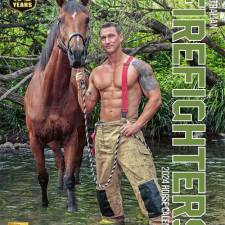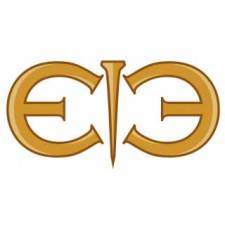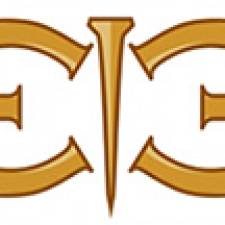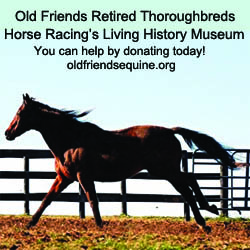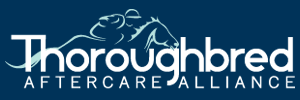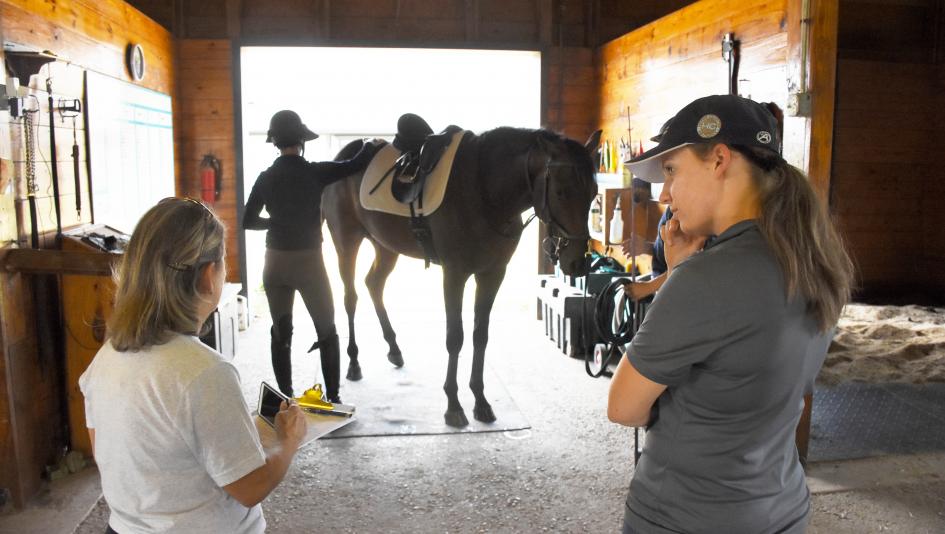
by Melissa Bauer-Herzog
When applying for Thoroughbred Aftercare Alliance (TAA) accreditation, it isn’t as easy as just filling out an application and receiving money. Each operation applying for accreditation must go through an inspection of every property it uses with many accredited organizations admitting the process isn’t a walk in the park but that it is needed.
“I think it’s crucial. It’s very, very hard,” said Susanna Thomas of the TAA-accredited Maker’s Mark Secretariat Center. “They are very thorough, and their process is well thought out, well executed; that makes it very hard. I welcome that and I applaud that because people donate their precious dollars and they need to know that if an organization is TAA accredited that their dollars are being well spent. Let me tell you, the TAA makes sure that you spend your dollars well, they are very good at that and they are really tough. It means something to be TAA accredited and I am so grateful for that.”
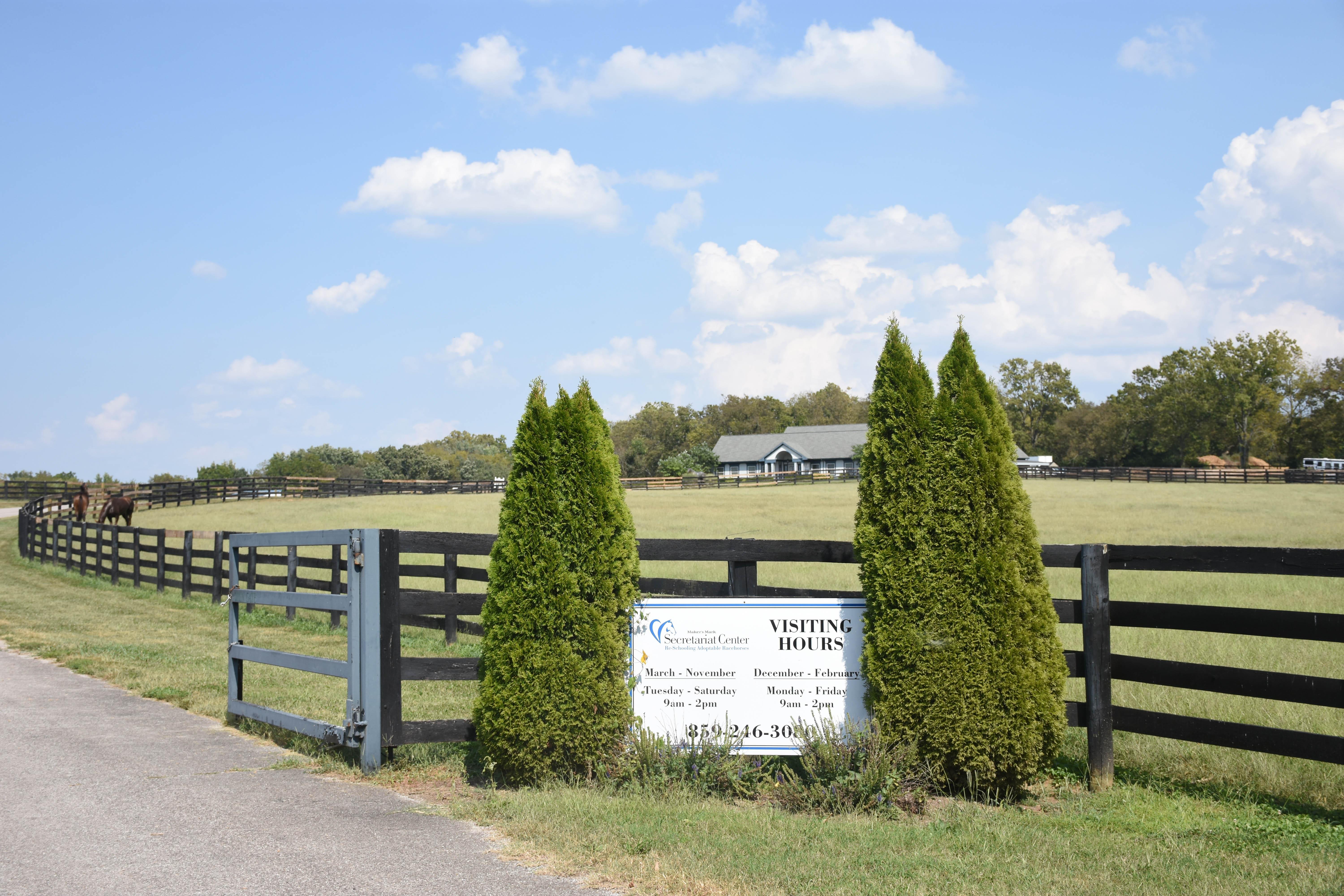
But the inspection process doesn’t happen automatically when an organization turns in an application. First, the organization’s application goes to the accreditation committee, which must approve it to move on to the inspection. After the inspection, an organization is looked at again with the committee reading all the notes an inspector has made.
Those notes can be quite detailed depending on what stage of accreditation the organization is in. The TAA inspects every facility from each organization annually but only those applying for accreditation or re-accreditation (a process they go through every other year) must go through the interview.
The inspection process often starts with a review of the facilities’ records and an interview of the organization to make sure everything is in order. Information such as what the horses get fed and vaccination schedules are only a few of the answers TAA requires, with every detail written down so it can be evaluated by the committee.
“[During inspections we are looking at] cleanliness and safety of the facility (hazards/precautions), condition and care of horses, knowledge of staff and volunteers, protocols, and general equine management,” said the TAA’s Suzie Oldham. “If the organization is applying for the first time or for renewal, the inspection includes administrative questions pertaining to their operations. If they are in current accreditation period, only the horses and the grounds are re-inspected.”
Once the interview is over, the TAA inspector heads outside to make sure everything is in order. The organization must report the location of horses in the program to the TAA and during the inspection, the condition of TAA horses at the inspected facility will be examined and some photos will be taken. During the inspection, feed rooms will be looked at (and photos taken) in addition to pastures and other areas of the farm to make sure horses are kept in clean and safe areas.
Someone from the organization will accompany the inspector to answer any questions they may have and point out any changes that may have been made since the previous inspection. Some of these things will include TAA suggestions, with the Secretariat Center adding an identification system to their protocol in 2019 after receiving that suggestion from the TAA in their review the previous year.
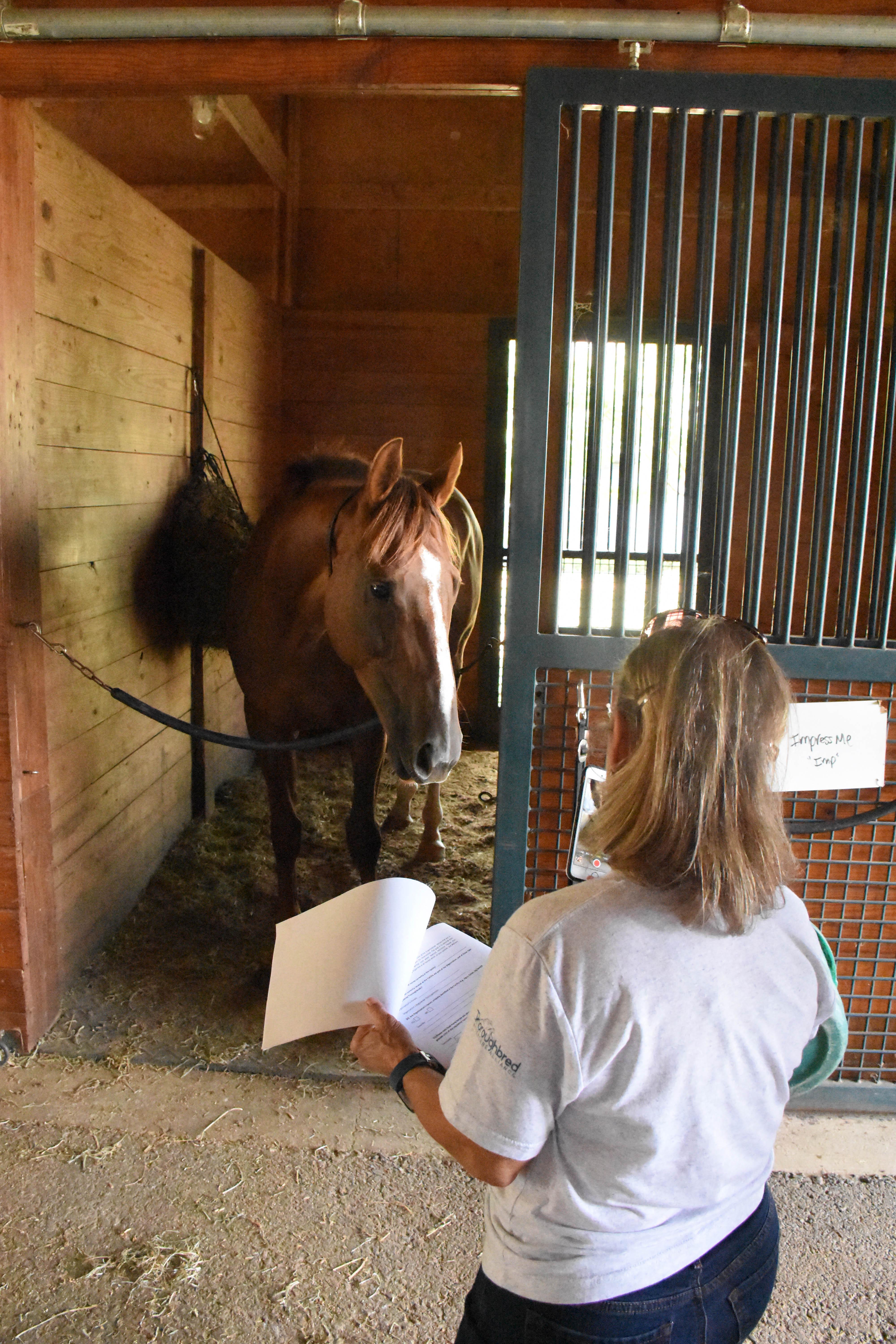
“I would say the support that we get is wonderful,” said Thomas. “They suggested that we should have ID tags on all of our horses. We came up with the solution of having mare neck straps that we put on the horses with our telephone number and our name so if any horse should get loose, people know exactly who to call. I thought that was a really great idea and every time that we’re accredited, we get suggestions like that that I feel are just in everybody’s best interest and I love getting that.”
While the organizations look forward to the inspections to get suggestions, for the TAA the inspection process also reassures them that grants given out to aftercare organizations are being used correctly. An added bonus is hearing all the success stories that come from the organizations, both of horses in the program and those who have been adopted out.
“As we ask for donations, our donors, sponsors, and supporters need to feel confident that their money is being directed to responsible caretakers,” said Oldham. “Every facility visited has amazing success stories of rescue or rehabilitation and adoptive owners. Meeting the people who provide the hard work – the rescue, the care, the treatments and time involved is very rewarding.”
With many in the racing industry donating money to the TAA – allowing it to give out more than $3 million in grants in late 2019 – making sure Thoroughbreds are taken care of is a big priority for the TAA, with the inspection crew often going around to the approximately 160 facilities used by TAA-accredited organizations.
“The horses come first – we want to assure that there is a reliable home for horses needing a place to go after racing for either sanctuary or rehoming,” Oldham said. “Accreditation is a confirmation that the Thoroughbred industry is displaying accountability for its own participants and assuring good care for these animals. The TAA accreditation process does not only help establish proper care and accountability for the care of Thoroughbreds, but the organizations who go through the process have shown gratitude for helping them to build and improve their own policies, protocols, and facility management.”
But for Thomas, the TAA is more than just about aftercare. She believes the organization also plays an integral role in making sure racing survives and hopes its impact continues to grow in the racing community in years to come.
“I really think that aftercare is not an afterthought, it’s a forethought,” she said. “It’s something that if all of us who love Thoroughbreds and certainly all of us who love racing, we really need to think of it not as a charity but as a pivotal leg on the table along with breeding, selling, and racing. If you don’t have that leg, your table is going to be unstable. I don’t think of it as a charity, I think of it as a pillar of what will make our industry sustainable, especially now that we’re being beleaguered with bad press and a declining interest in racing.
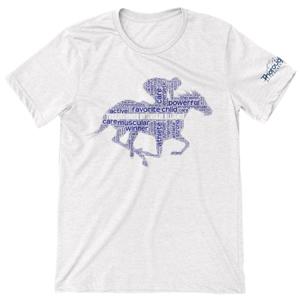
“The TAA should be one of the keystones of this industry because if they want to retain interest and support and an audience for racing, then people have to know that it’s sustainable from the beginning to the end. I think the TAA should be and is destined to become one of the four pillars of the industry for the betterment of all and the longevity of a business that we all love and an animal that we adore.”
To learn more about the Thoroughbred Aftercare Alliance’s accredited organizations and how you can help, visit www.thoroughbredaftercare.org.
This article originally appeared on America's Best Racing and is published here with permission.
Find out about this subject and more in our section on Retire & Rehome.








